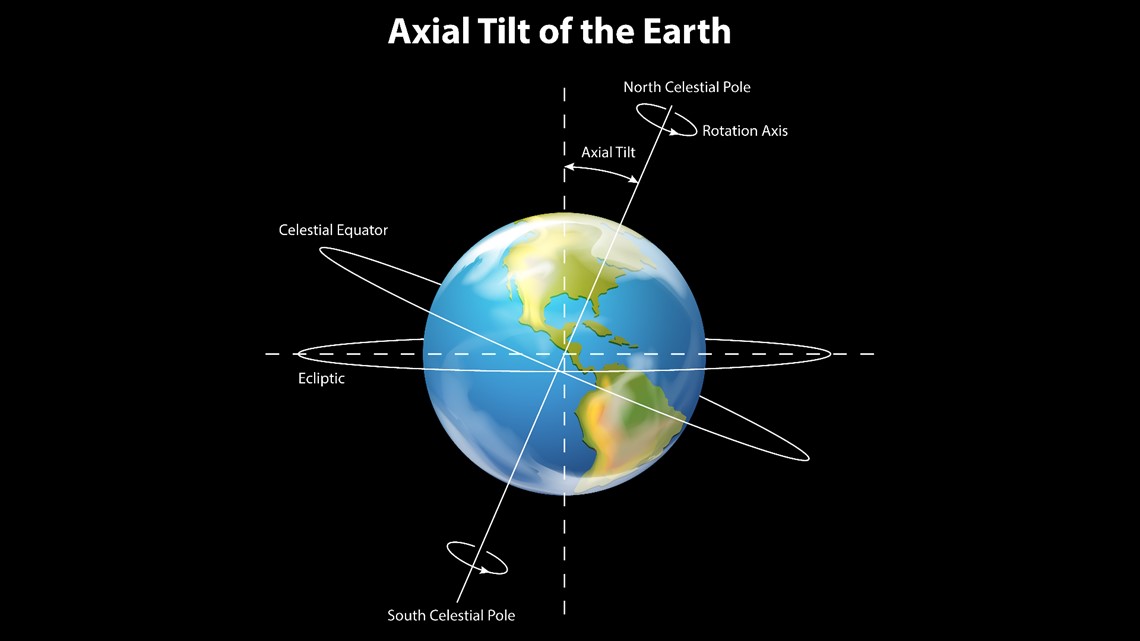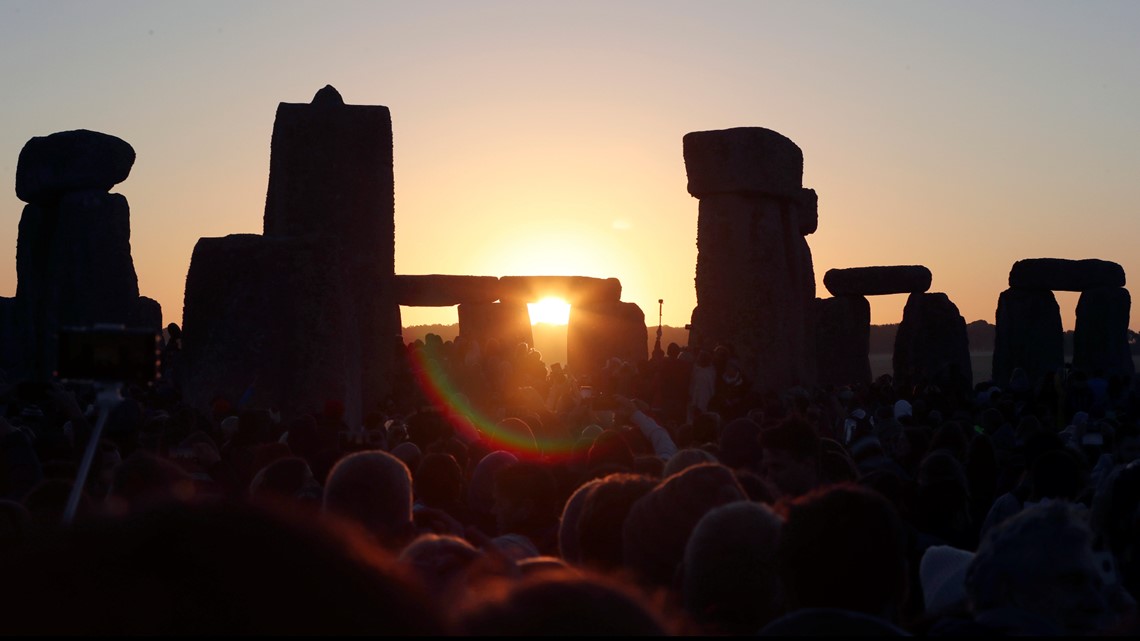If you've been outside in the heat recently but don't pay much attention to the calendar, you may be surprised to learn summer is just getting started! Wednesday, June 21, 2023 is the summer solstice — the longest daylight hours of the year and the official start of summer.
Technically, the summer solstice happens when the sun appears to be directly over the Tropic of Cancer — for 2023, that's 10:58 a.m. Eastern. (Temperature-based meteorological summer, used mainly by researchers who study weather and climate, began on June 1.)
The summer solstice brings the longest daylight hours of the year, though these will vary depending on how far you are from the equator. Daylight hours will gradually shorten until the winter solstice in December. The situation is reversed in the Southern Hemisphere, where winter starts in June.
Last year, more than 6,000 people traveled to the Stonehenge monument in southern England — the first solstice since before the pandemic when revelers could gather there in person. English Heritage, which looks after Stonehenge, continued its modern tradition of livestreaming sunrise from the ancient stone circle.
What causes the summer solstice?
Solstices and seasons happen because of the Earth's tilt. You can think of Earth's axis as an imaginary pole through the center of the planet from top to bottom, NASA explains. Earth spins around this pole, making one turn each day and causing day and night.
That axis is tilted about 23.5 degrees. The North Pole is tilted toward the sun in June, causing more direct light and warmer temperatures for its hemisphere.


How is the summer solstice celebrated?
People have been tracking and celebrating the sun's progress for a very long time. The ancient Stonehenge monument, for example, is positioned to align with the sun's movements on the solstices.



